
The Role of Native Plants in Attracting Birds and Wildlife
Posted by Dale Parsons on 20th Feb 2024
The Role of Native Plants in Attracting Birds and Wildlife
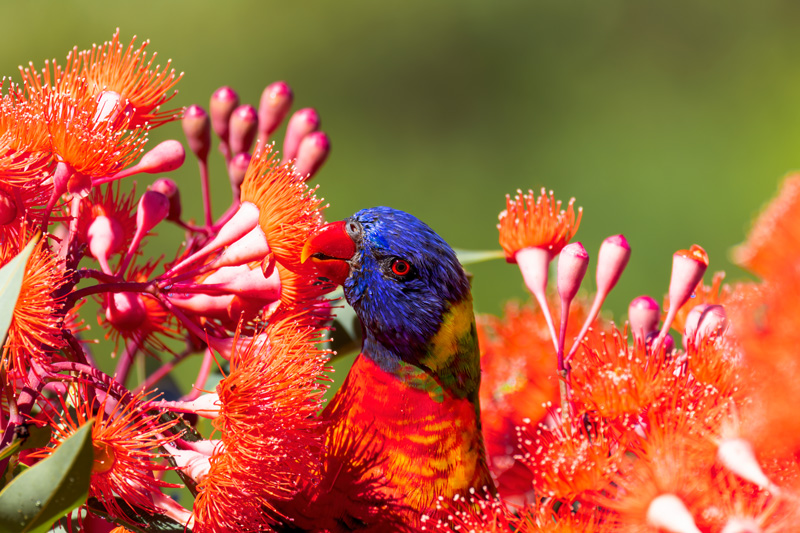 Imagine stepping into your garden to the symphony of bird calls, a vibrant tableau of wings fluttering amidst the foliage. This isn't just the dream of an avid birdwatcher but a possibility for anyone with a patch of green. The secret? Native plants. These aren't merely the backdrop of your garden; they're the foundation of a thriving ecosystem right at your doorstep.
Imagine stepping into your garden to the symphony of bird calls, a vibrant tableau of wings fluttering amidst the foliage. This isn't just the dream of an avid birdwatcher but a possibility for anyone with a patch of green. The secret? Native plants. These aren't merely the backdrop of your garden; they're the foundation of a thriving ecosystem right at your doorstep.
Native plants are crucial in enhancing garden biodiversity, offering a buffet of benefits for local wildlife, especially birds. By integrating these plants into our gardens, we're beautifying our spaces and actively participating in eco-friendly gardening. This practice isn't just about reducing our carbon footprint; it's a step towards creating habitats that support and nourish native bird populations.
As we delve deeper into eco-friendly gardening, we'll explore how native plants are not just a choice but a necessity for sustaining the delicate balance of our local ecosystems. Join us to discover how your garden can become a haven for birds and wildlife, transforming your outdoor space into a living, breathing sanctuary.
The Importance of Native Plants in Eco-Friendly Gardening
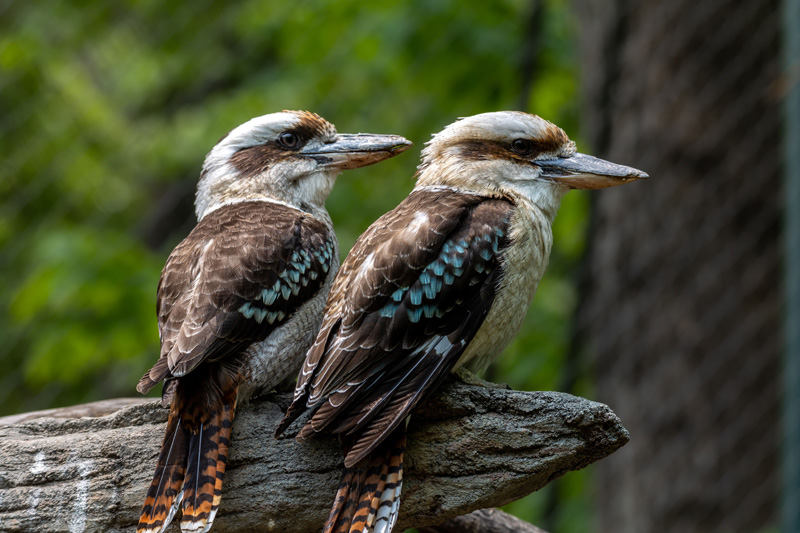 You might wonder, why go native? The answer lies in the harmony these plants share with their local environment. Native plants have evolved over thousands of years to thrive in their specific climates, requiring far less water and care than their non-native counterparts. This makes them an eco-friendly choice and a practical one for gardeners seeking to reduce their environmental impact.
You might wonder, why go native? The answer lies in the harmony these plants share with their local environment. Native plants have evolved over thousands of years to thrive in their specific climates, requiring far less water and care than their non-native counterparts. This makes them an eco-friendly choice and a practical one for gardeners seeking to reduce their environmental impact.
But the benefits extend beyond ease of care. Native plants are the unacknowledged heroes of local ecosystems, providing essential services from the ground up. They form the base of a complex food web, supporting a range of wildlife, including insects, birds, and mammals. Each plant plays a role in this web, offering nourishment and habitat to creatures great and small.
When we choose native plants for our gardens, we're not just planting flora but cultivating a living ecosystem. These plants offer a banquet for pollinators and serve as nurseries for their young, ensuring that each generation can thrive. By embracing native plants, we support the intricate web of life that makes our local environments so unique.
This approach to gardening goes beyond aesthetics, touching on the deep connections between flora and fauna. As gardeners, we have the power to support these connections, enriching our gardens and the local wildlife that depends on them.
Benefits of Native Plants in Supporting Local Bird Populations
 Have you ever considered your garden as a sanctuary for local birds? Including native plants transforms your garden into a crucial refuge for avian visitors, providing them with the food, shelter, and nesting sites they desperately need. This isn't just about adding a splash of nature's melody to your morning routine; it's about safeguarding the future of our local bird populations.
Have you ever considered your garden as a sanctuary for local birds? Including native plants transforms your garden into a crucial refuge for avian visitors, providing them with the food, shelter, and nesting sites they desperately need. This isn't just about adding a splash of nature's melody to your morning routine; it's about safeguarding the future of our local bird populations.
Native plants offer an array of resources for birds. From seeds, berries, and nectar to insects attracted by these plants, they provide a year-round feast for feathered foragers. Moreover, the varied structure of native vegetation, from ground covers to towering trees, creates a mosaic of habitats. This diversity is critical to offering bird shelter and breeding sites, from the tiniest wrens to majestic raptors.
The relationship between native plants and birds is a testament to the intricate balance of ecosystems. Research and expert opinions underscore the critical role native flora plays in sustaining avian life. A study might reveal how specific plant species increase insect abundance, directly benefiting insectivorous birds, or how certain berries' timing of ripeness aligns perfectly with migration patterns, offering a vital energy source for long journeys.
By incorporating native plants into our gardens, we're contributing to the conservation efforts needed to maintain and increase local bird populations. This choice enriches our immediate environment and supports biodiversity at a larger scale, ensuring that the songs of today's birds are passed down to the gardens of tomorrow.
Specific Native Plants Attractive to Different Bird Species
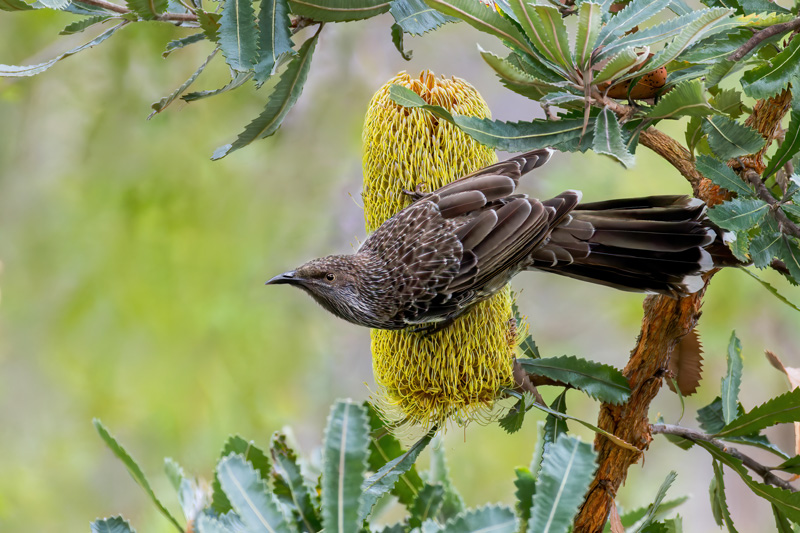 Creating a bird-friendly garden is akin to curating a menu for a specialised restaurant; each dish (or plant) must cater to the preferences of your diners (or bird species). Here, we'll explore a selection of native plants and the specific birds they attract, turning your garden into a bustling hub of avian activity.
Creating a bird-friendly garden is akin to curating a menu for a specialised restaurant; each dish (or plant) must cater to the preferences of your diners (or bird species). Here, we'll explore a selection of native plants and the specific birds they attract, turning your garden into a bustling hub of avian activity.
For Nectar Feeders:
- Bottlebrush (Callistemon spp.): These plants are a spectacle with their vivid, brush-like blossoms that beckon to nectar-loving birds such as honeyeaters and lorikeets. Beyond their beauty, the lush foliage offers a sanctuary for rest and refuge.
- Grevillea Varieties: Boasting an array of forms and hues, Grevillea flowers are a nectar haven for diverse bird species, providing sustenance throughout the seasons.
For Seed Eaters:
- Kangaroo Paw (Anigozanthos spp.): This striking flora not only injects vibrancy into your garden but also bears seeds that appeal to granivorous avians like finches and wrens, adding a dash of dynamism to the garden's life.
- Banksias: Known for their distinctive seed pods, Banksias are a boon for seed-dependent birds, offering a reliable food source even when other options wane.
For Insectivores:
- Waratahs (Telopea spp.): Beyond their stunning appearance, Waratahs are insect magnets, creating a bustling hub for birds that prey on these critters, such as flycatchers and thornbills.
- Native Grasses: Varieties like Wallaby Grass (Rytidosperma spp.) and Tussock Grass (Poa spp.) are the unsung heroes of the ecosystem, nurturing many insects and providing a feast for insectivorous birds.
Shelter and Nesting:
- Eucalyptus Trees: With their hollows, these giants offer nesting sanctuaries for cavity-nesting birds, including parrots, owls, and kookaburras, playing a pivotal role in the avian lifecycle.
- Dense Shrubs: Plants like Acacia and Melaleuca are the architects of concealment, offering dense thickets that serve as fortresses for smaller birds, safeguarding them from predators and the vagaries of weather.
When planting these native species, consider their flowering or fruiting seasons to ensure your garden provides year-round support for wildlife. Mixing plants that bloom and fruit at different times can create a continuous food supply, making your garden an evergreen haven for birds.
By carefully selecting native plants that cater to different bird species' dietary and shelter needs, you can transform your garden into a sanctuary for both common and lesser-known birds. This supports local biodiversity and allows you to enjoy the beauty and diversity of Australia's birdlife from the comfort of your home.
Harmonising Beauty and Ecology in Garden Design
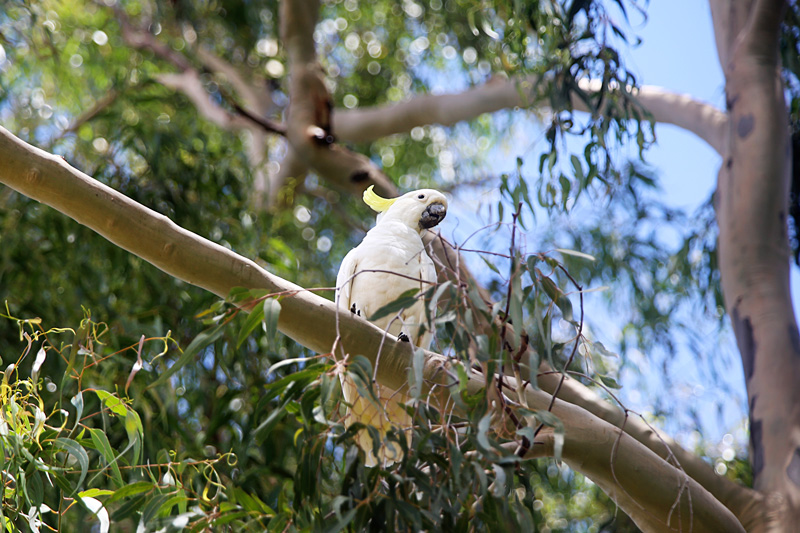 Crafting a garden that marries visual charm with ecological virtues doesn't have to be a compromise. With deliberate planning and creative design, achieving a garden that pleases the eye and serves as a sanctuary for native wildlife is entirely within reach. Below are strategies for weaving together aesthetic and ecological threads in your garden design:
Crafting a garden that marries visual charm with ecological virtues doesn't have to be a compromise. With deliberate planning and creative design, achieving a garden that pleases the eye and serves as a sanctuary for native wildlife is entirely within reach. Below are strategies for weaving together aesthetic and ecological threads in your garden design:
Embrace a Diversity of Native Plants: A tapestry of native plants ensures your garden remains a feast for the eyes across seasons and plays a pivotal role in nurturing a broad spectrum of wildlife. Opt for species with varied blooming and fruiting schedules for a constant natural food supply. A blend of different textures, hues, and heights enriches the visual tapestry and creates a stratified landscape reflective of natural ecosystems.
Prioritise Structure and Variety: The architectural elements of your garden – from majestic trees and lush shrubs to sprawling groundcovers and elegant grasses – contribute significantly to its allure and functionality. This varied landscape offers myriad habitats, from the cooling canopy of trees to the protective embrace of the undergrowth, providing birds with shelter and nesting grounds.
Incorporate Water Elements: Features like birdbaths, ponds, or simple water dishes act as eye-catching focal points and draw a diverse avian crowd. By placing water sources where they can be viewed from indoors, you transform birdwatching into an effortless indoor activity. Regular maintenance ensures these water havens remain inviting to their winged guests.
Integrate Natural Materials: Employing natural materials such as stone, wood, and gravel not only elevates the garden's aesthetic but also enriches its biodiversity, offering cosy corners for wildlife. A pile of logs, for instance, can become a bustling metropolis for insects, attracting birds that feast on them.
Ensure Year-Round Appeal: To keep your garden captivating throughout the seasons, select plants that shine at different times of the year, whether through blossoms, leaves, fruits, or bark. This sustains the garden's beauty and guarantees a consistent buffet for visiting birds.
Design for wildlife Watching: Arrange your garden so it becomes a stage for the drama of nature, with seating areas and pathways positioned to allow unobtrusive observation of its wild inhabitants.
Integrating aesthetics with ecological mindfulness doesn't require sacrificing the garden's beauty. By selecting appropriate native plants and designing with both aesthetics and habitat in mind, you can forge a garden that is both a retreat for wildlife and a source of endless delight for you and your visitors. Such gardens transform into vibrant ecosystems, alive with the sights and sounds of nature, exemplifying the enchanting interplay between human creativity and the natural world.
Envisioning Green Sanctuaries
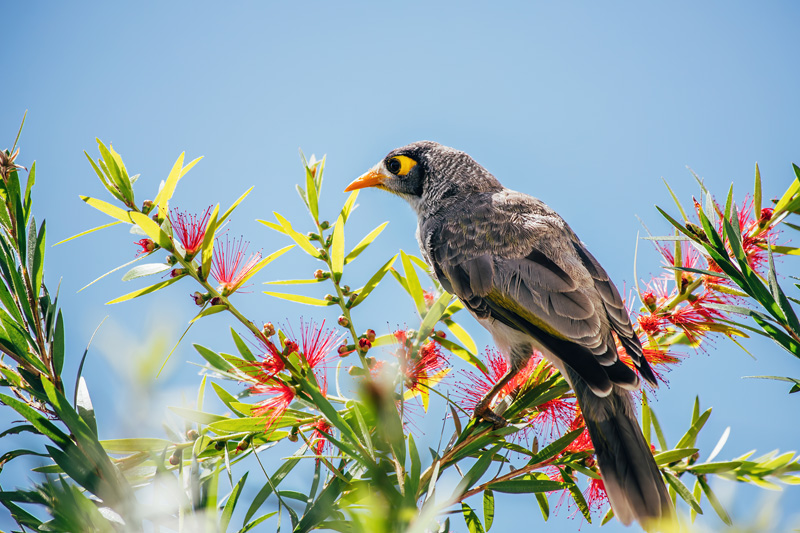 Let's dive into a series of illustrative examples that showcase the potential impact of native plants on garden biodiversity and aesthetics. These hypothetical scenarios draw from collective experiences and aspirations within the gardening community, inspiring those looking to embrace eco-friendly practices.
Let's dive into a series of illustrative examples that showcase the potential impact of native plants on garden biodiversity and aesthetics. These hypothetical scenarios draw from collective experiences and aspirations within the gardening community, inspiring those looking to embrace eco-friendly practices.
The Urban Oasis
Imagine a suburban home where the owner decides to replace a traditional, high-maintenance lawn with a vibrant tapestry of native plants. This garden becomes a refuge for birds, bees, and butterflies, demonstrating how even a small plot can significantly contribute to local biodiversity. The inclusion of bottlebrush and grevillea not only attracts nectar-feeding birds but also adds year-round colour and interest to the garden.
The Community Haven
Picture a community coming together to transform a neglected park into a flourishing native garden. This space now serves not only as a green lung in the urban environment but also as an educational resource, highlighting the importance of native plants in supporting wildlife. The garden's diverse habitats, from eucalyptus canopies to groundcover layers, attract a variety of birds, enriching the community's connection to nature.
The Wildlife Corridor
Envision an urban initiative to create a series of interconnected gardens, forming a wildlife corridor through the city. This corridor facilitates the movement of birds and insects across urban spaces, enhancing urban biodiversity. Strategic planting of native species ensures continuous habitat, turning these gardens into lifelines for urban wildlife.
These scenarios, while hypothetical, are rooted in the principles of eco-friendly gardening and the transformative power of native plants. They illustrate the potential for individual and community actions to create spaces that are not only aesthetically pleasing but also vital for local wildlife. By adopting native plants and sustainable practices, we can all contribute to a future where gardens act as havens for biodiversity, weaving nature back into the fabric of our urban landscapes.
Cultivating Change: Your Path to an Eco-Friendly Garden
As we conclude our exploration of the pivotal role native plants play in supporting local wildlife and enhancing garden biodiversity, it's clear that each choice we make in our gardens can have a profound impact on the natural world. By opting for native plants, we create spaces that are alive with the sights and sounds of nature and contribute to the health and resilience of our local ecosystems.
While we don't supply plants directly, we love championing the journey towards more sustainable gardening practices. We encourage you to seek out your local nursery, where a wealth of native plants awaits to transform your garden into a vibrant, eco-friendly sanctuary. These local experts are invaluable allies in selecting plants that will flourish in your specific conditions, ensuring your garden supports the intricate web of life indigenous to your area.
Embrace this opportunity to connect with nature and your community by supporting local businesses and sharing your eco-gardening journey with others. For more insights, tips, and encouragement, consider joining our newsletter community. Together, we can foster a deeper appreciation for the natural world and take meaningful steps towards preserving it.
Share your experiences, successes, and aspirations with us on social media. Your story could be the spark that inspires someone else to embark on their own eco-friendly gardening adventure!
